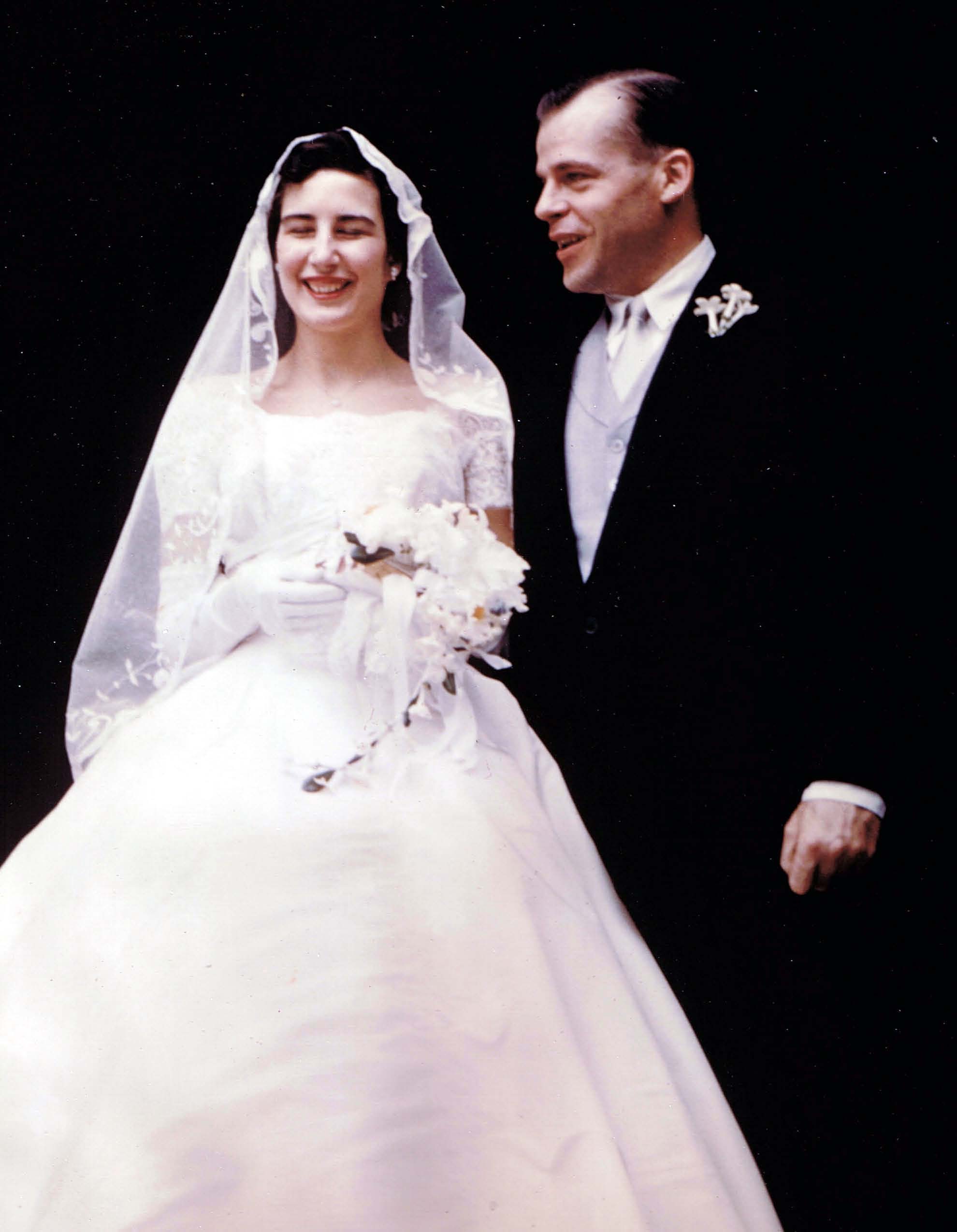I have been the celebrant on the Mass for Shut-ins on many an occasion and was sad to hear that it may have to stop airing on WHUT a PBS Affiliate of Howard University. I don’t know what this means for the future of the Mass. I am not sure we could afford to purchase air time somewhere else or not. We’ll have to see where all this goes. Here are some excerpts explaining the whole matter from an article in today’s Washington Post. The article was written by Paul Farhi
PBS stations are debating the limits of one of public television’s basic commandments: Thou shalt not broadcast religious programming. The discussion, some station managers fear, could lead to a ban on broadcasts of local church services and other faith-oriented programs that have appeared on public stations for decades despite the prohibition.
The Public Broadcasting Service’s board is to vote next month on a committee’s recommendation to strip the affiliation of any station that carries ‘sectarian’ content. Losing its PBS relationship would mean that a station could no longer broadcast programs that the service distributes, from Sesame Street to ‘Frontline.’
The proposal is already having local ramifications. In anticipation of the vote next month, WHUT, the public station operated by Howard University in the District, has notified the Archdiocese of Washington that it will cancel ‘Mass for Shut-Ins,’ a Diocese-produced weekly program, if the PBS board adopts a strict interpretation. ‘Mass for Shut-Ins’ has been carried on WHUT since 1996, and continuously on a Washington TV station for nearly 60 years.
‘It’s kind of a shock to us,’ said Susan Gibbs, a spokeswoman for the archdiocese. ‘They’ve been great partners of ours for a long time. . . . The Mass is a very local programming that provides a community service. You’d think public television would be about engaging the community.’
…..A strict ban would leave stations such as WLAE in New Orleans with a dilemma: Stop airing its daily telecast of Catholic Mass or end its affiliation with PBS. The station, which is partly owned by a Catholic lay group, has been presenting the morning Mass since it went on the air in 1984.
‘We don’t want to lose our association with PBS, because they provide a lot of fine programs,’ said Ron Yager, the station’s vice president and general manager. ‘But at the same time, we need to serve our community. We’ve built an identity around this. People know us for this.’
Yager said his station has never received a complaint about the Mass telecast in the 25 years it has aired. ‘I’m really not totally sure of their reasoning for doing this,’ he said.
Lawson said her station has never had a complaint about its Mass broadcasts, either. But the program has sparked interest from other religious groups that would like the station to broadcast their church or mosque services, she said. ‘We just have to tell them that [‘Mass for Shut-Ins’] is a legacy program, and that we don’t have the wherewithal or inclination to do any more,’ she said….
KBYU in Provo, Utah, for example, is operated by Brigham Young University, which in turn is affiliated with the Mormon Church. The station airs much of the usual PBS fare — ‘Arthur,’ ‘Barney,’ ‘The NewsHour With Jim Lehrer’ — but also broadcasts two hours a day of ‘BYU Devotional,’ which includes lectures from leaders of the Church of Jesus Christ of Latter-day Saints. KMBH, based in the Rio Grande Valley of Texas and licensed to an affiliate of the Diocese of Brownsville, carries Sunday Mass broadcasts, Bible study in Spanish, and a family issues program hosted by a priest. In 2007, the station drew national attention when it declined to air ‘Hand of God,’ a critically praised ‘Frontline’ documentary about clergy sexual abuse.
Jan McNamara, a PBS spokeswoman, declined specific comment, saying only, “We’re still gathering feedback from our members to see where they stand.”

